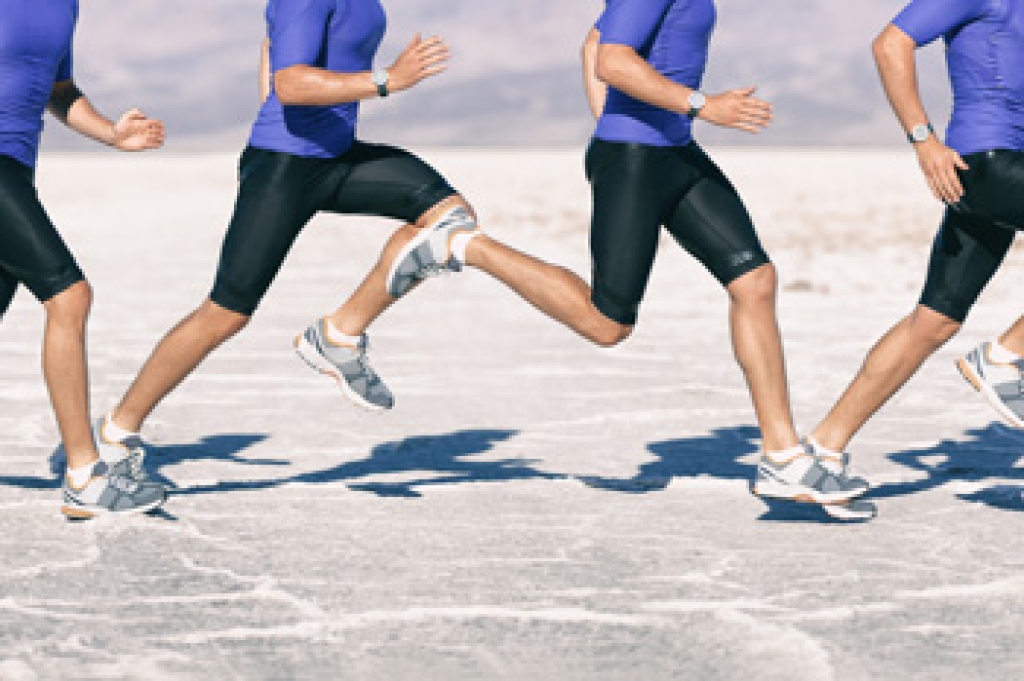
The feet play a vital role in running by absorbing impact, maintaining balance, and propelling the body forward with each stride. As the foot contacts the ground, it adapts to surface changes while providing stability through coordinated bone and muscle movement. Balance is essential, especially during the float phase when both feet briefly leave the ground. This float phase becomes longer as running speed increases, placing greater demands on strength, alignment, and control. Improper mechanics can lead to overuse injuries and reduced performance. A podiatrist can assess running gait, identify imbalances, and recommend custom orthotics, footwear guidance, and injury-prevention strategies to support efficient motion. If you have developed foot pain from running, it is suggested that you consult a podiatrist who can treat various foot and ankle conditions.
If you have any concerns about your feet, contact one of our podiatrists from David A. Scalzo, DPM, PC and Associates. Our doctors can provide the care you need to keep you pain-free and on your feet.
Biomechanics in Podiatry
Podiatric biomechanics is a particular sector of specialty podiatry with licensed practitioners who are trained to diagnose and treat conditions affecting the foot, ankle and lower leg. Biomechanics deals with the forces that act against the body, causing an interference with the biological structures. It focuses on the movement of the ankle, the foot and the forces that interact with them.
A History of Biomechanics
- Biomechanics dates back to the BC era in Egypt where evidence of professional foot care has been recorded.
- In 1974, biomechanics gained a higher profile from the studies of Merton Root, who claimed that by changing or controlling the forces between the ankle and the foot, corrections or conditions could be implemented to gain strength and coordination in the area.
Modern technological improvements are based on past theories and therapeutic processes that provide a better understanding of podiatric concepts for biomechanics. Computers can provide accurate information about the forces and patterns of the feet and lower legs.
Understanding biomechanics of the feet can help improve and eliminate pain, stopping further stress to the foot.
If you have any questions please feel free to contact our office located in Duryea, PA . We offer the newest diagnostic and treatment technologies for all your foot and ankle needs.




